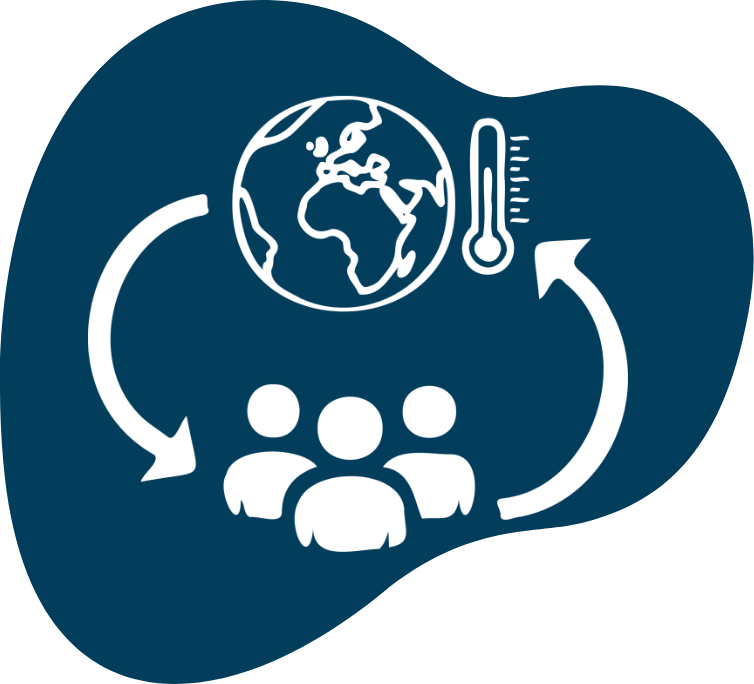The South East London ICS Green Plan 2025-2028 serves as an overarching system-wide strategy for delivering a net zero NHS in south east London by 2045. It connects with the Green Plans of the five south east London NHS Trusts, but also addresses the requirement for strong leadership, effective delivery networks and finding and sharing best practice across the integrated care system.
The South East London ICS Green Plan for 2025-2028:
- Celebrates the green objectives achieved from 2022-2025
- Re-confirms our mission to protect and improve our population’s health and reduce health inequalities whilst mitigating our environmental impact
- Introduces 68 environmental sustainability objectives that will be the focus of delivery across the NHS in south east London
- Sets six high-level net zero objectives for delivery in primary care
- Contains Spotlight sections which provide the detail of of net zero delivery in estates, medicines and IT decarbonisation
- Describes the contribution that neighbourhood working will make to achieving net zero – and the benefits that net zero will give back to neighbourhoods

Workforce and System Leadership
To drive the net-zero agenda with the urgency that is needed, system leadership and investment in our workforce are essential. It is important for the leadership team of NHS organisations to show their commitment to address the urgency of climate change and their organisation’s own impact on the environment, driving positive change from the top.
It is vital that staff and external stakeholders recognise that carbon reduction is part of the organisation’s core business and understand their role in this. Embedding carbon reduction into all operations needs to be inclusive with a particular focus on disadvantaged populations. This is especially important when addressing travel, sustainable models of care, digital transformation, air quality, and green and blue space.

Medicines
Medicines account for 25% of GHG emissions in the NHS. To address the GHG emissions associated with medicines, we need to decarbonise medicine production, reduce the carbon footprint of medicine use, optimise prescribing/use and stock-keeping in hospitals and at home, and improve medicine disposal.
Medicines are important and beneficial for many people by supporting them to stay well and lead a fulfilling life. Patient-centred prescribing will improve health outcomes, leading to a reduction in GHG emissions associated with poor care which can result in emergency admissions, complications, and inpatient stays.

Air Quality
Burning fossil fuels not only results in GHG emissions, but also causes air pollution. Owing to its concentration of nitrogen oxides (NOx) and particulate matter (PM2.5), poor air quality can have a detrimental impact on health. Exposure to air pollution affects lung function, exacerbates asthma, and increases the risk and severity of respiratory and cardiovascular diseases, leading to reduced life expectancy. According to Imperial College London, 3,600 to 4,100 people die from air pollution in London each year.

Supply Chain and Procurement
Supply chain and procurement accounts for 78% of the SEL ICS NHS Trusts’ carbon footprint and 96% of the CCG’s carbon footprint (excluding commissioning). Reaching net zero will require more efficient use of supplies, low-carbon alternatives, and partnership with our suppliers to ensure they are decarbonising their own processes.
As most of our supply chain emissions are out of the NHS’ direct control, we also need to ensure our suppliers are decarbonising their own processes. In 2021, the NHS Net Zero Supplier Roadmap was approved which sets out requirements to help suppliers align with the NHS net-zero ambitions by 2030. In addition to the roadmap, the NHS has adopted the Government’s Social Value Model from April 2022, in which all NHS tenders must include a minimum of 10% scoring criteria in all procurements to assess how suppliers will contribute to the NHS’s net-zero targets and social value.

Travel and Transport
Reducing unnecessary travel and transport and changing travel and transport modes not only contribute towards carbon reduction but also improve air quality and therefore health. Promoting active travel has additional health co-benefits by increasing regular physical activity.
In south east London, staff commuting and patient and visitor travel accounts for around 6% of the five NHS Trusts’ carbon footprints, varying between 4% and 11%. For general practice, patient travel contributes 8%, and staff commuting 14%, a total of 22%.
Over 50,000 staff work at the five NHS Trusts and in primary care. There are 3.45 million outpatient attendances a year and 1.9 million patients registered with SEL GPs. Reducing and decarbonising their travel can have a substantial impact on lowering GHG emissions.

Food and Nutrition
A sustainable and balanced diet has benefits for both people, in maintaining good health, and the planet. In 2019, the London Borough of Southwark estimated that 75,000 of their residents were food insecure.
Food insecurity and a diet low in nutrition have population and public health impacts, increase health inequalities, and increase demand on health services. Additionally, sourcing low-carbon local food reduces emissions related to transport, waste, and agriculture.
We recognise the need to ensure patient and service users in South East London have access to healthy, sustainable, affordable, local food while reducing the carbon emissions associated with food from our services through sustainable procurement and waste reduction.

Estates and Facilities
Buildings – As the NHS is one of the UK’s largest estate owners and with new hospitals, practices, and facilities continually being built and refurbished this creates a
considerable challenge in aligning with net-zero carbon targets.
Energy – GHG emissions from fossil fuels combined with the rising cost of energy
and issues of uncertain supply means all NHS organisations need to ensure
they are reducing energy demand and decarbonizing energy sources, while
ensuring a sustainable supply
Waste – It is important to reduce waste, because of the environmental damage it
does, its associated GHG emissions, and the emissions released during the
manufacturing of new items.

Adaptation
This changing climate poses a serious threat to health while placing pressure on critical infrastructure and NHS services. Health and care systems will need to introduce measures not only to prevent the impacts of climate change on buildings and health services, but also to enable different ways of delivering services in the event of climate shocks.

Sustainable Models of Care
Transforming our models of care is pivotal to reaching net zero. Although
many Areas of Focus address the GHG emissions of healthcare’s operations
and infrastructure, almost all of these are influenced by clinical decisions
about which services we offer and the way we deliver them. Sustainable
clinical practice is underpinned by four principles which maximise health
outcomes while reducing both healthcare demand and the carbon intensity
of health services.

Green/Blue Space and Biodiversity
South east London features a diverse range of green spaces – parks, woodlands, cemeteries, gardens and allotments. Bromley, for example, is London’s greenest borough supporting a third of London’s ancient woodlands28, 156 parks and 52 allotments covering 7000 acres of green space29. Five of the six boroughs border the Thames, offering residents the opportunity to use not only green but also blue spaces for physical exercise and relaxation.

Digital Transformation
Digitally enabled primary and outpatient care can improve the sustainability of models of care by reducing GHG emissions related to travel, and other resource use associated with outpatient and GP appointments. Despite the potential environmental benefits, digital technology needs to be used with care and consideration to avoid compromising clinical outcomes and introducing or exacerbating inequalities in access to care.
